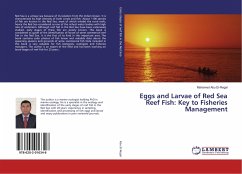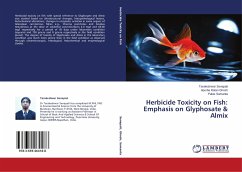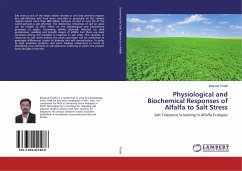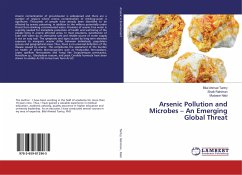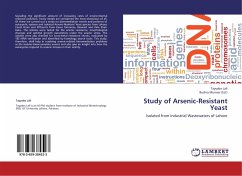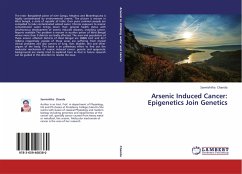In view of ecotoxicology and aquatic toxicology insidious contamination of the global hydrosphere by a vast number of environmental pollutants including various metals and metalloids has become a serious threat to aquatic biota. In this context protection of fish is necessary for both ecological and economic reasons because fish are the key species in the aquatic ecosystem and they represent a major dietary protein source for a significant proportion of human population. Practical solutions to the water quality deterioration and management of fish resource in the polluted waters may come from the detailed and comparative studies on the natural detoxication mechanisms of aquatic organisms. There is an urgent need for the creation of detailed nucleotide and protein sequence database of the key enzymes and other molecular systems involved in detoxication. This will further expand the explorative horizons of environmental toxicology to embrace into its fold the toxicological genomicsand ecosystem engineering. Any suggestion, exchange of idea and comment in this regard is most valuable. To leave a message to author please visit the page https://sites.google.com/site/drroysonali


